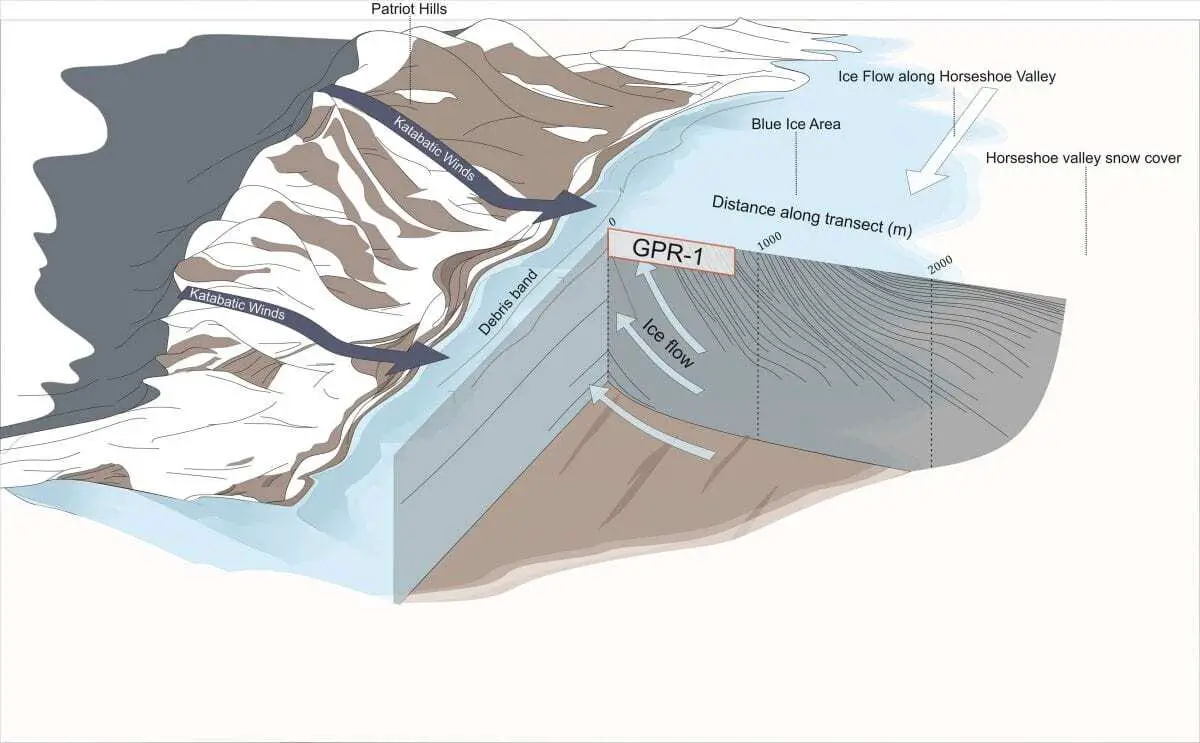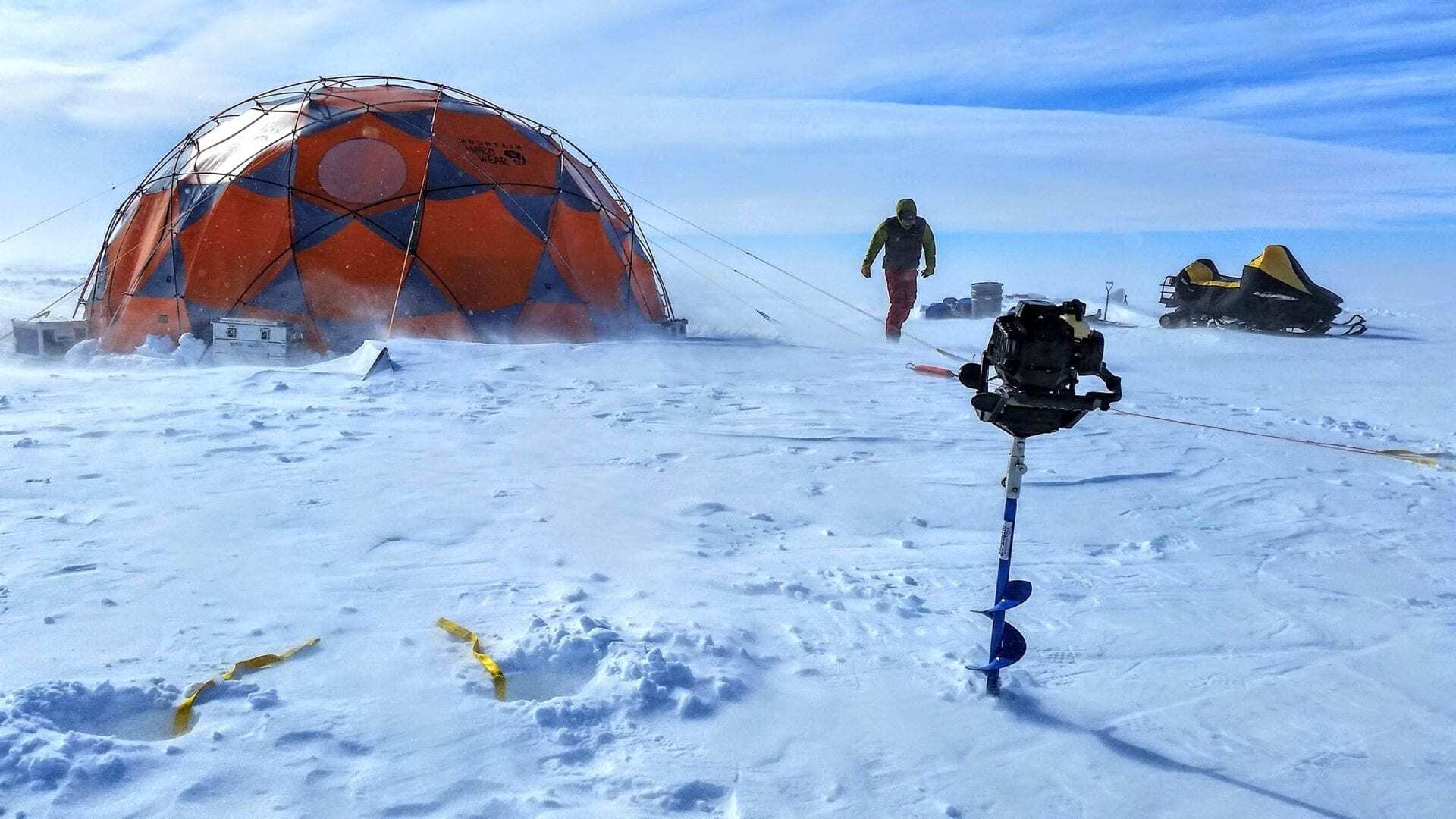Rising sea temperatures more than 100,000 years ago drove the melting of the Antarctic ice sheets and caused an extreme rise in sea level, as a new international study involving the University of Bonn shows.
According to the scientists, the current situation is again moving in this direction. The massive melting of the West Antarctic ice sheet was a major cause of the high sea level during a period known as the last interglacial period (129,000 to 116,000 years ago). The research results are now published in the “Proceedings of the National Academy of Sciences (PNAS)”.

The extreme ice loss caused a multi-meter rise in global mean sea levels – and it took less than 2°C of ocean warming for it to occur. “Not only did we lose a lot of the West Antarctic Ice Sheet, but this happened very early during the Last Interglacial,” says Chris Turney, Professor at the University of New South Wales in Sydney, Australia, and lead author of the study.
Not even two degrees Celsius were enough
During the Last Interglacial, polar ocean temperatures were likely less than 2°C warmer than today, yet sea levels were 6–9 m higher, making it a useful period to study how future global warming might affect ice dynamics and sea levels.
In contrast to the East Antarctic Ice Sheet – which mostly sits on high ground – the West Antarctic sheet rests on the seabed. It’s fringed by large areas of floating ice, called ice shelves, that protect the central part of the sheet. As warmer ocean water travels into cavities beneath the ice shelves, ice melts from below, thinning the shelves and making the central ice sheet highly vulnerable to warming ocean temperatures.
Horizontal sampling
While most Antarctic researchers drill down into the ice to extract their samples, the team sampled a horizontal ice core in Patriot Hills Blue Ice Area at the periphery of the West Antarctic Ice Sheet. Instead of drilling kilometers into the ice, they simply walked across a blue ice area where ancient ice flows up to the surface, to travel back through millennia. The researchers hope to expand their study to create a comprehensive picture of how long the melting took and which areas in Antarctica were affected most.
Participation of the University of Bonn
“The study reveals how vulnerable the Antarctic Ice Sheet becomes when the surrounding ocean warms – a scenario that is also observed today. These results are important for our current studies of the ice-mass loss history of other sectors of the Antarctic Ice Sheet”, says Dr. Michael Weber from the Institute for Geosciences at the University of Bonn, co-author of the study and lead scientist of a team of polar researchers that conduct complementary investigations in the area of the Southern Ocean where most Antarctic icebergs route through and melt down.
“Probably, the West Antarctic Ice Sheet alone cannot fully explain the magnitude of sea-level rise during the Last Interglacial”, Weber adds. “It is likely that other sectors of the Antarctic Ice Sheet melted, too, and we intend to find out which ones those were”.
Header Image – The camp in the “Patriot Hills Blue Ice Area” from where the scientists took the samples – AntarcticScience.com





